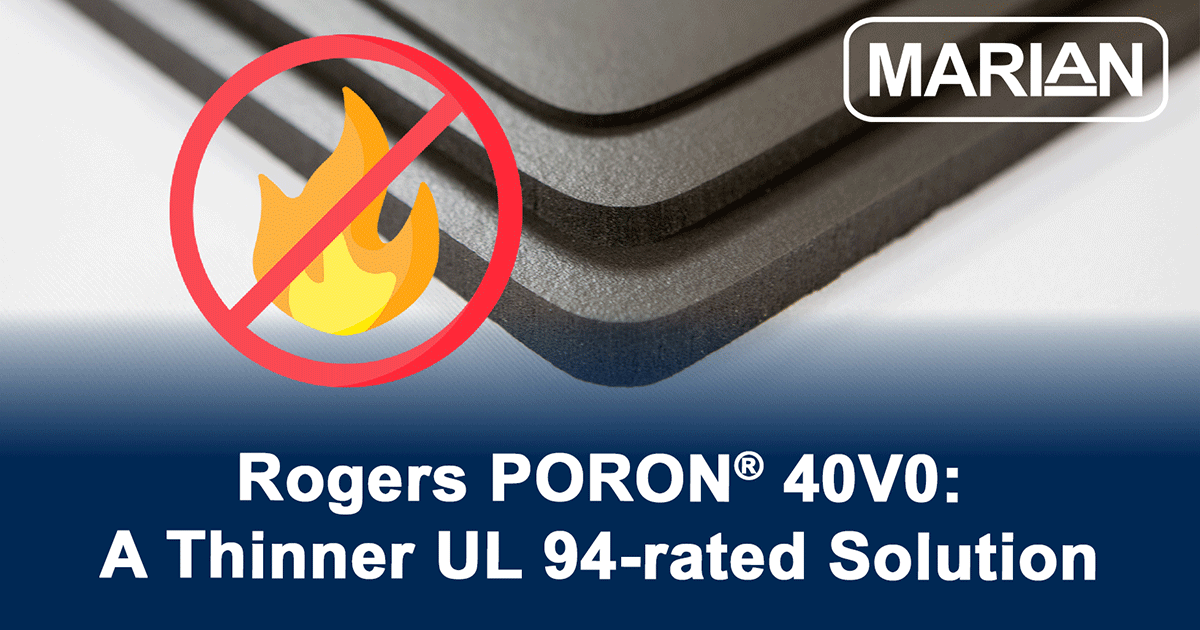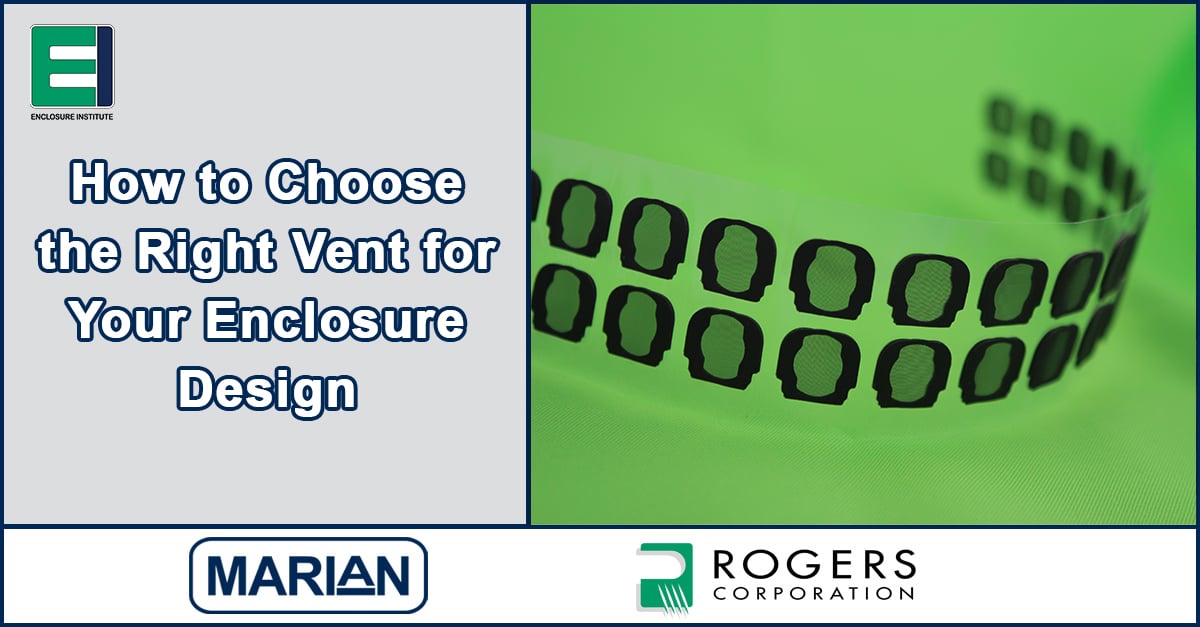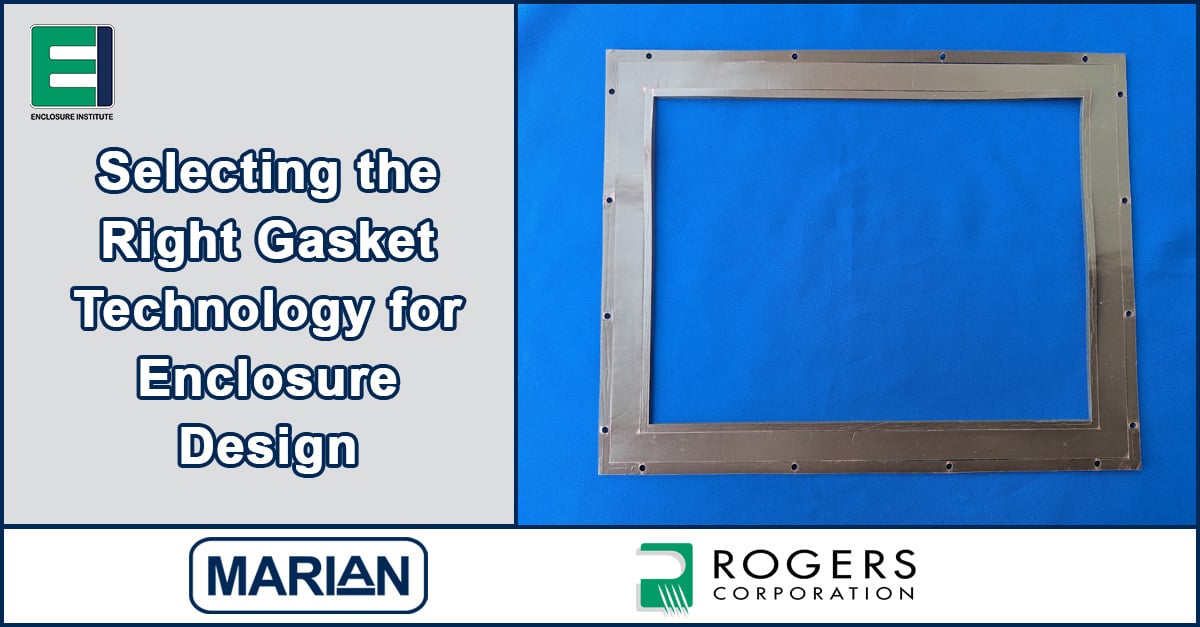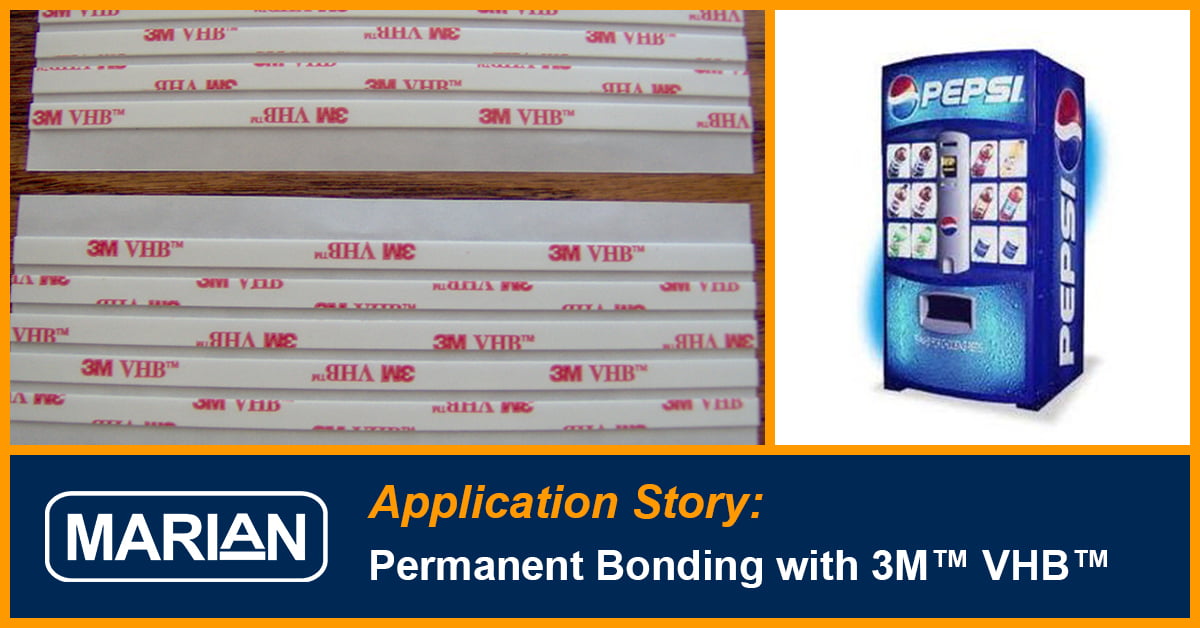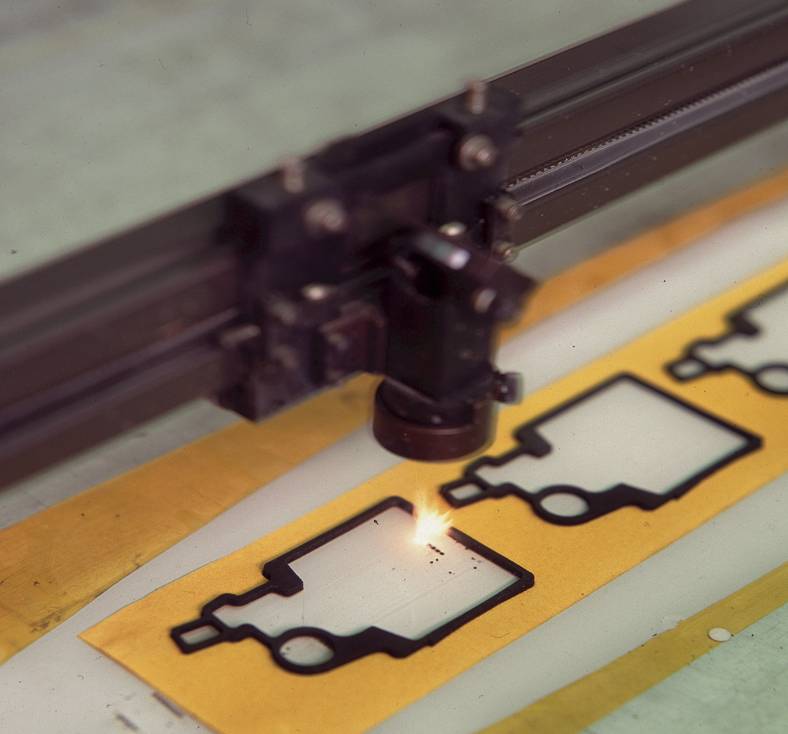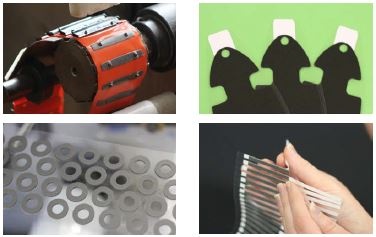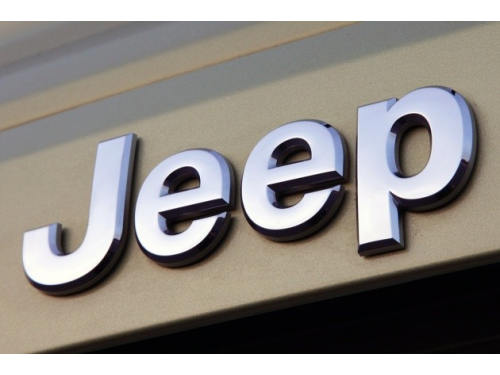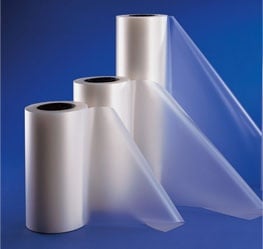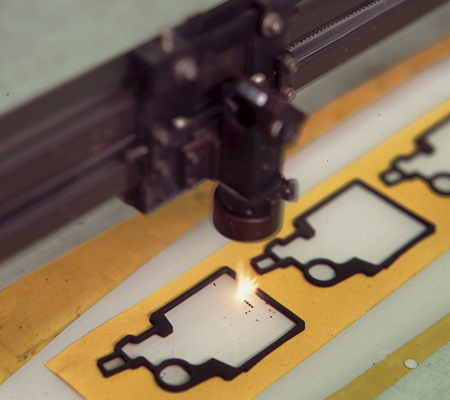The Application Challenge
One of the many markets Marian converts custom components for is the LED industry. For over a decade, customers have turned to LED lighting as an environmentally friendly solution with a longer service life than conventional lighting.
Keep reading to learn more about a customer that removed conventional bulbs from existing lighting structures and retrofit them with LEDs and see how Marian helped them come up with a custom die-cut solution to improve their assembly process.
Read More
Topics:
Thermal Management,
Manufacturing,
Material selection,
Die Cutting,
Application Story,
Thermal Pad,
Assembly,
Converting
Rogers Corporation’s PORON® 40V0 foam gives engineers a thinner, softer, and UL 94 compliant solution for gap filling and cushioning.
Unlike standard polyurethane foams, PORON 40V0 combines reliable flame resistance with enhanced compressibility in slimmer grades, making it ideal for space-constrained designs. It also meets strict environmental standards and minimizes contamination risks in critical applications.
Read More
Topics:
Thermal Management,
Foams,
Manufacturing,
PORON,
EV,
Battery,
Material selection,
Flame Barrier,
Automotive,
Sustainable Materials,
Rogers Corporation,
Data Center
As industries evolve toward smarter, smaller, and more connected technologies, enclosures are facing new challenges. Design engineers are under pressure to deliver lighter, thinner, and safer enclosures that protect sensitive electronics from harsh environments while still meeting demanding performance standards.
This shift is transforming how gaskets and seals are designed and what materials are being used across key markets such as electric vehicles (EVs), medical devices, energy storage systems (ESS), and data centers.
Check out the extended blog on the Rogers website, The Future of Sealing: How Tomorrow's Applications Are Changing, and the video below to see where enclosures are heading and what will be necessary by the teams designing these enclosures.
*Disclaimer: The Enclosure Institute™ is a free educational resource created by Marian, Inc. and Rogers Corporation to help engineers navigate enclosure sealing with expert guidance.
Read More
Topics:
Manufacturing,
PORON,
Vent Material,
Material selection,
Die Cutting,
Automated Assembly,
PTFE Membrane,
Gasket,
Assembly,
Enclosure Institute,
Seals,
Enclosures,
Rogers Corporation,
ePTFE
Effective venting is one of the most important yet overlooked aspects of enclosure design. Whether protecting sensitive electronics, automotive components, or sensor systems, proper venting ensures reliability, safety, and long-term performance. By understanding the role of a vent, how venting solution works, why they're necessary, and how to choose the right materials and designs, engineers can create enclosures that maintain functionality even in harsh environments.
Check out the extended blog on the Rogers website, How To Design Effective Enclosure Vents: Balancing Pressure, Moisture, and Protection, and the video below.
*Disclaimer: The Enclosure Institute™ is a free educational resource created by Marian, Inc. and Rogers Corporation to help engineers navigate enclosure sealing with expert guidance.
Read More
Topics:
Manufacturing,
PORON,
Vent Material,
Material selection,
Die Cutting,
Automated Assembly,
PTFE Membrane,
Gasket,
Assembly,
Enclosure Institute,
Seals,
Enclosures,
Rogers Corporation,
ePTFE
Gaskets and seals can be manufactured in a number of different ways, but which is the best form for your application? In our blog, "An Engineer's Guide: 6 Key Questions for Gasket Fabrication", we discussed a number of different processes that could be used to cut your custom gasket or seal like rotary die cutting, laser cutting, waterjet cutting, and more.
This Enclosure Institute™ content from Marian and Rogers Corporation focuses on the difference between die-cut foam gaskets and three other sealing methods: o-rings, cure-in-place (CIP), and foam-in-place (FIP) gaskets.
Check out a summary of our content below or read the full article on Rogers’ website.
Enroll in The Enclosure Institute™ to advance your sealing design expertise.
*Disclaimer: The Enclosure Institute™ is a free educational resource created by Marian, Inc. and Rogers Corporation to help engineers navigate enclosure sealing with expert guidance.
Read More
Topics:
Foams,
Manufacturing,
BISCO Silicone,
PORON,
Material selection,
Die Cutting,
Automated Assembly,
Gasket,
Assembly,
Enclosure Institute,
Seals,
Enclosures,
Rogers Corporation
Selecting the right fabrication process for custom seals and gaskets starts with answering a few critical design-for-manufacturing (DFM) questions. By addressing these factors upfront, design engineers can avoid costly redesigns, speed up production, and ensure that their parts meet application requirements. At Marian, our engineers use these questions (and more) to create a fabrication plan tailored to each project.
This guide is presented by the Enclosure Institute™. For a deeper dive, explore the extended blog on the Rogers website, Top 8 Best Practices You Need to Know for Enclosure Die-Cut Gaskets, along with the video below hosted by Marian's own Phil Taylor and Jimmy Budd.
In these resources, you'll learn how starting with the right gasket design can optimize geometry to balance sealing force, fasteners, and load distribution. You'll also see why selecting manufacturing methods that align with production scale is critical for efficiency. Assembly features such as pull-tabs, locating holes, and specialized adhesives help streamline installation and minimize errors. Finally, packaging and delivery strategies play an often-overlooked role in protecting gasket integrity while making assembly faster and more reliable.
*Disclaimer: The Enclosure Institute™ is a free educational resource created by Marian, Inc. and Rogers Corporation to help engineers navigate enclosure sealing with expert guidance.
Read More
Topics:
Foams,
Manufacturing,
BISCO Silicone,
PORON,
Material selection,
Die Cutting,
Automated Assembly,
Gasket,
Assembly,
Enclosure Institute,
Seals,
Enclosures,
Rogers Corporation
The Application Challenge
Marian's converting capabilities span across a very wide variety of industries. You may already know that we’re highly involved in the medical, battery, automotive, and consumer electronics industries (among many others), but you truly can find Marian parts all around you, even in the vending machines dispensing your favorite drinks and snacks.
Keep reading to learn more about a customer that manufactures and refurbishes beverage and vending machines and how they incorporated Marian custom die-cut components to improve the machines for a consistent user experience.
Read More
Topics:
Manufacturing,
Acrylic Foam Tape,
Material selection,
Die Cutting,
Application Story,
3M,
PSA,
Assembly,
Converting
Marian's preferred supplier partner, 3M™, recently announced a new low VOC adhesive transfer tape for automotive interior components.
Keep reading to learn more about the features of this transfer tape, the applications its best suited for, and how a converter part using this material can simplify your assembly processes.
Read More
Topics:
Manufacturing,
3M,
PSA,
Automotive,
Sustainable Materials
What are Cleanrooms / Clean Rooms?
Cleanrooms/clean rooms are controlled environments designed to maintain low levels of airborne particles and contaminants. They are used in a wide range of industries where cleanliness is paramount, including medical, electronics, biotechnology, display, aerospace, and more.
Read More
Topics:
Manufacturing,
Medical Device,
Die Cutting,
Wound Care Device,
Assembly,
Medical,
Converting,
Cleanroom
At Marian, we've developed and mastered numerous die cutting methods for manufacturing custom gaskets, seals, filters, vents, shields, thermal pads, etc. for our customers.
Read More
Topics:
Manufacturing,
Die Cutting,
Laser cutting,
Rotary
IP Rated Enclosures: Venting Solutions
Sensors, controllers, and other electronic elements are being integrated into devices across virtually every industry. Many of these products are made for use in conditions where they may be exposed to extreme temperatures, rain, wind, dust, and moisture. (See application story about "smart" shipping pallets linked at the bottom of this post.) Designing such products requires that the container or enclosure holding the electronic components be completely sealed. Exposure to harsh elements could cause a product failure.
Read More
Topics:
Manufacturing,
IP Rating,
Vent Material,
Automated Assembly,
Ingress Protection,
PTFE Membrane,
PSA
Prototypes are typically produced in relatively small quantities and used by our customers to verify design, evaluate material choices, and build prototypes of their assembly.
Read More
Topics:
Manufacturing,
Die Cutting,
Prototype,
Laser cutting
Let's get straight to the point!
Here are 5 reasons you should be prototyping with Marian:
- Speed-to-prototype and material expertise is part of our culture and business plan. Our experts will start by consulting with you to understand your application and the design of your product. We will then recommend a few materials to test for your application. Provide us with a two-dimensional CAD file of your part, and our teams can quickly get to work on creating your prototype parts.
- We stock hundreds of materials that are readily available for prototyping. Having materials readily available allows us to quickly produce prototype parts. Check out our material data sheets page; we keep stock of most of these materials. Material Data Sheets
Read More
Topics:
Manufacturing
Why is it so important that plastic injection molding companies provide value added services and secondary manufacturing services to their customers after molding their parts?
The answer is easy! Many end-customers of plastic injection molders are looking for vendor consolidation and supply chain simplification. They want to cut out and skip steps in their supply chain, sequentially helping to reduce costs and save time.
Read More
Topics:
Foams,
Manufacturing,
Acrylic Foam Tape,
PORON,
PSA
Emblem Adhesive Tape Solutions
Think about all the things an emblem is exposed to each day during its lifetime. Depending on their use, emblems have to absorb the shock of a car driving over a pothole, the blow of a boat sailing over a wave, the turbulence of a plane flying through a jet stream, and even the vibrations of a running washing machine.
On top of all those external forces, in many situations, weather conditions are also a major factor. It's no easy task for an emblem to hold its bond or evade cracks during hot summers, cold winters, and severe weather storms.
After all an emblem endures, you would expect it to fall off quickly, which it will, unless you use industry leading emblem adhesive tapes to create a strong bond. Using the highest quality attachment materials ensures an emblem will maintain its longevity and hold a strong bond.
Read More
Topics:
Foams,
Manufacturing,
Acrylic Foam Tape,
PSA
What is a Light Shaping Diffuser?
Manufactured by Luminit - LSDs are light-diffusing films with patented holographic patterns embedded into optically clear polycarbonate or polyester sheets. These innovative materials homogenize and directionally shape light with high-transmission efficiency. Applications that could benefit from this technology are LED lighting, architectural lighting, recessed downlighting, signs & displays. Light-diffusing films are available with three types of angles: circular, elliptical, and linear.
- Circular spread a light source into a larger circular pattern, and for this reason, they are used widely across many industries.
- Elliptical diffuser angles include 80 x 50, and 60 x 10. Common applications include hallways and specialty lighting that highlights a specific area.
- Linear diffusers, typically 60 x 1 (60 along the width, and 1 along the length) are commonly used in applications where light must be diffused into a line (for example, a bar code scanner).
Read More
Topics:
Manufacturing,
LED Lighting
Laser cutting is one of many manufacturing capabilities offered by Marian. Laser cutting is a technology that uses a laser beam to cut or etch the shape of a specific design. Laser cutting utilizes CNC (computer numerical control) and/or laser optics to precisely control the pattern being cut in the material.
Rapid Production
There are no tooling requirements or costs for laser cutting. We can utilize a CAD file (.dxf) to produce parts very quickly. If materials are in stock, we can produce parts within 24 hours. This can be very helpful during the prototype and design phases. We can utilize the laser the create small volumes of parts for testing and evaluation.
Read More
Topics:
Manufacturing


